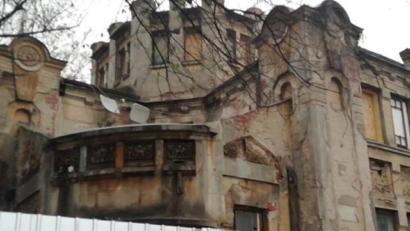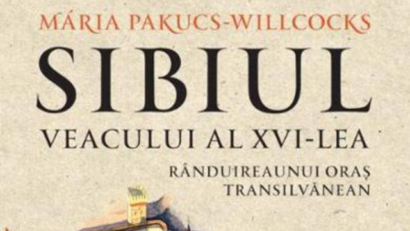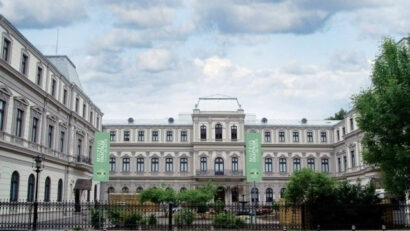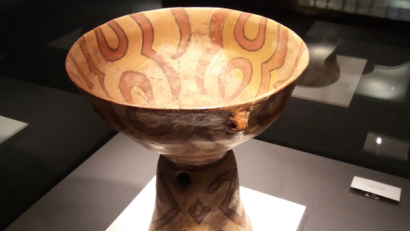
Starting in 1977, after the big earthquake that killed as many as 1,500 people, Bucharest saw deep changes during the Communist regime led by Nicolae...

Women had a significant contribution to Romanias war efforts

As of 1800, a growing number of Romanians set out to discover Europe and the world.

18th Century intellectuals criticized institutions such as the monarchy and the Church and social classes such as noblemen and the clergy due to the...

In August 1916, after two years of neutrality, Romania entered WWI on the side of the Entente

One of the oldest buildings in the capital city

Of all the towns founded by Saxons in Transylvania starting in the 12th century, Brasov and Sibiu have always stood out.

Iconic figures in the late 19th century and the early 20th century

An iconic figure of 18th-century Romania

The Art Collection Museum was set up 40 years ago, in 1978

With its fine collection of Romanian and European art, the Museum is one of the main attractions in Timisoara.

The city of Targu Mures, in central Romania, boasts an impressive Secession architectural monument: the Palace of Culture, one of the citys basic landmarks

Towards the end of the 19th century, Bucharest was booming and the need for urban planning was growing

One of the most impressive Neolithic cultures is the Cucuteni- Ariușd- Tripolia culture, which used to occupy a large area between the northeast of...

One of the most impressive Neolithic cultures is the Cucuteni- Ariușd- Tripoli
